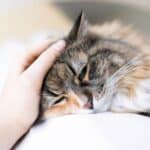Cats are natural athletes, but over time, this high level of activity can affect their health. This may mean that your cat is suffering from joint strain.
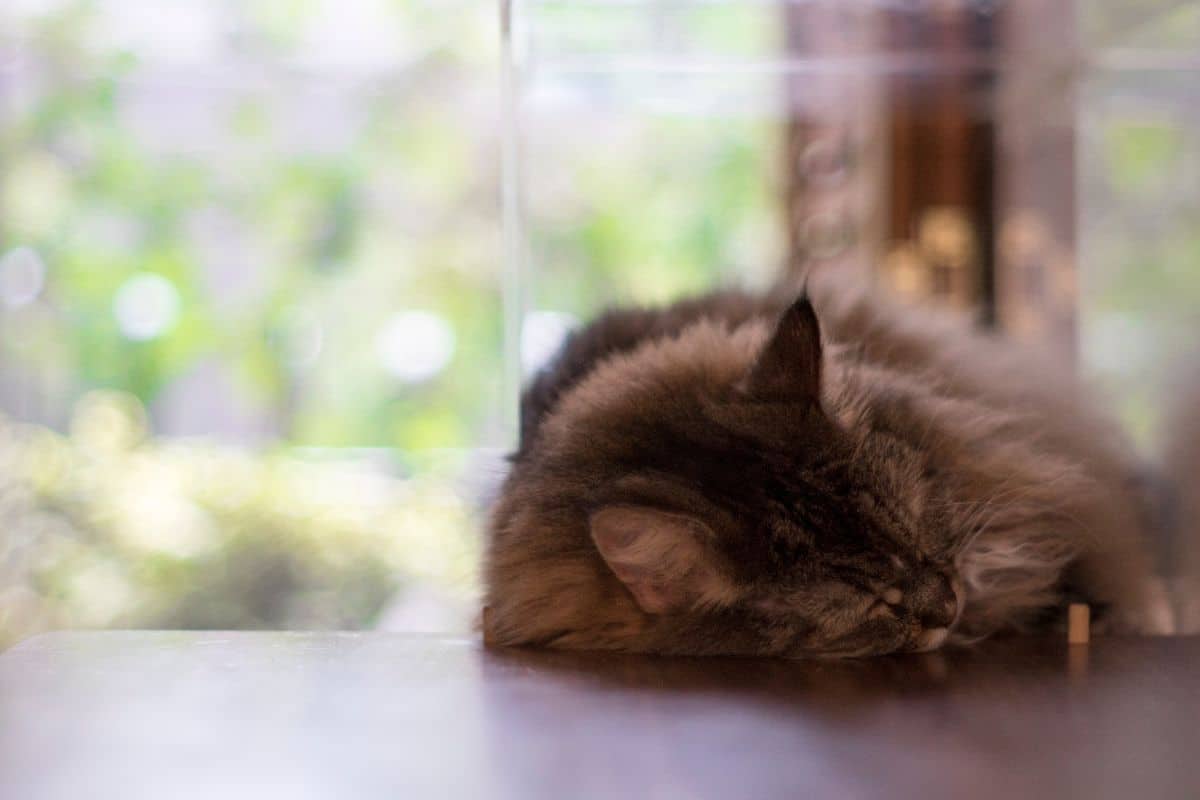
Veterinary experts believe that many older cats suffer from arthritis. This is a condition where (just like humans) over time the joints degenerate and mobility is reduced due to pain. In a healthy joint, the bones are covered with a thin elastic layer called cartilage.
This acts as a shock absorber that covers and protects them. When arthritis occurs, the cartilage wears away, exposing the bone beneath it. When the catwalks, the bones rub against each other. This is very painful.
When a cat loses interest in playing and jumping, stops grooming its coat, and sleeps more, it may show that it is in pain. Realizing that your cat is in pain is not always easy. A cat suffering from arthritis may not have a limp. Often the only sign of pain is the slight changes in behaviour most visible to the owner.
Jump to:
- Do cats often suffer from joint disease?
- Are there any cat breeds that are predisposed to arthritis?
- How can I tell if my cat has joint pain?
- How will the doctor diagnose arthritis?
- What to do to make your cat more comfortable
- How does the treatment work?
- What vitamins and minerals should I provide to help my cat ?
- Light therapy
- Infrared LED light therapy device for pets.
- Enhanced infrared treatments for your pet
- Comment
Do cats often suffer from joint disease?
It is very difficult to say what the prevalence of arthritis is in cats. Because cats are so successful at hiding signs of disease, the most important way to assess the prevalence of osteoarthritis in cats is to analyze x-rays of their limbs for changes in their joints that might suggest the presence of arthritis.
Studies conducted in this manner have shown that 61% of cats 6 years of age or older had arthritis-like lesions in at least one joint. However, it is much more difficult to identify these types of lesions without taking x-rays. This is best demonstrated because arthritis is currently diagnosed in only 9% of affected cats.
Are there any cat breeds that are predisposed to arthritis?
This question is also difficult to answer, but it is thought to be relatively common in Himalayan, Persian, and Siamese cats. Typical changes indicative of arthritis are also relatively common in Maine coon cats.
How can I tell if my cat has joint pain?
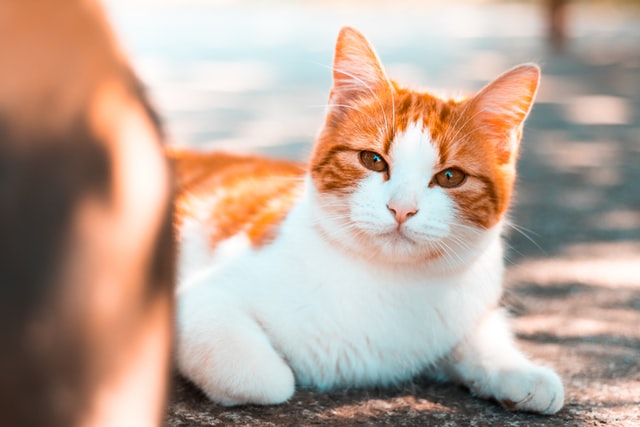
If you observe a decrease in activity, reluctance to play, avoidance of jumping, stiffness of movement, longer and longer naps, constant lying down or avoidance of petting, are signs that may signal the presence of joint pain or another disease. Occasionally, lameness will appear, but it may be difficult to notice. Always if you observe alarming signals, take your cat to the vet.
Cats are unfortunately excellent at masking pain or illness. Therefore, you should carefully observe changes in the behaviour of these animals, especially older animals, where a decrease in activity is often justified by age, while the animal may simply limit movement due to joint pain.
What are the symptoms you should always look out for?
- Lack of interest in playing
- hesitating when jumping or making several smaller jumps instead of one avoiding or having difficulty climbing stairs
- Lack of interest in playing or doing several smaller jumps instead of one
- Increased aggression or biting
- Meowing when stroked
- No longer grooming the coat
- Unwillingness to go outside
- Increased sleep patterns
- Less frequent interactions with other animals
How will the doctor diagnose arthritis?
Your veterinarian will examine your cat to rule out other causes of the behaviour change. Blood tests or other tests may be necessary. To diagnose joint disease, the doctor will palpate your pet’s joints and order x-rays or other imaging techniques.
What to do to make your cat more comfortable
- Regardless of whether your cat suffers from arthritis, you can make your cat more comfortable with a few simple measures
- Keeping active. Provide places for your cat to climb and hide. For example, you can prepare two cardboard boxes with a door cut out and put a comfortable bed and dry food in them. You should observe in which places the cat stays most willingly - unused boxes can be removed.
- PGentle play with your cat can also help keep him alert and active.
- Providing easy access to food. Food should be placed in an area that the cat can easily access without jumping around too much. The food bowl should stand in a place where the cat feels safe, away from the cat door or litter box
- Relocating the water bowl. Cats often prefer their drinking water to be away from their food, so you can place a second water bowl in another room.
- Moving the litter box. The litter box should stand in a place where the cat feels safe (away from frequently used hallways or cat doors). Litter boxes with lower sides may be more appropriate for cats who have stiff or “teat” joints
- Weight control. Being overweight can put additional stress on your cat’s joints, so keeping his body weight down is beneficial. If your cat is overweight, you should consult your doctor about choosing an appropriate diet
- Helping your cat groom its coat. Observe what type of grooming your cat likes best. It is best to avoid painful areas. Gentle grooming can keep your cat interested in life
- Consider joint supplements. If your cat suffers from arthritis, your veterinarian may recommend joint supplements. Taking them can help keep joints and tendons functioning properly
Fortunately, arthritis can be treated. With proper treatment and regular checkups, you can not only improve your cat’s health but also increase his quality of life.
How does the treatment work?
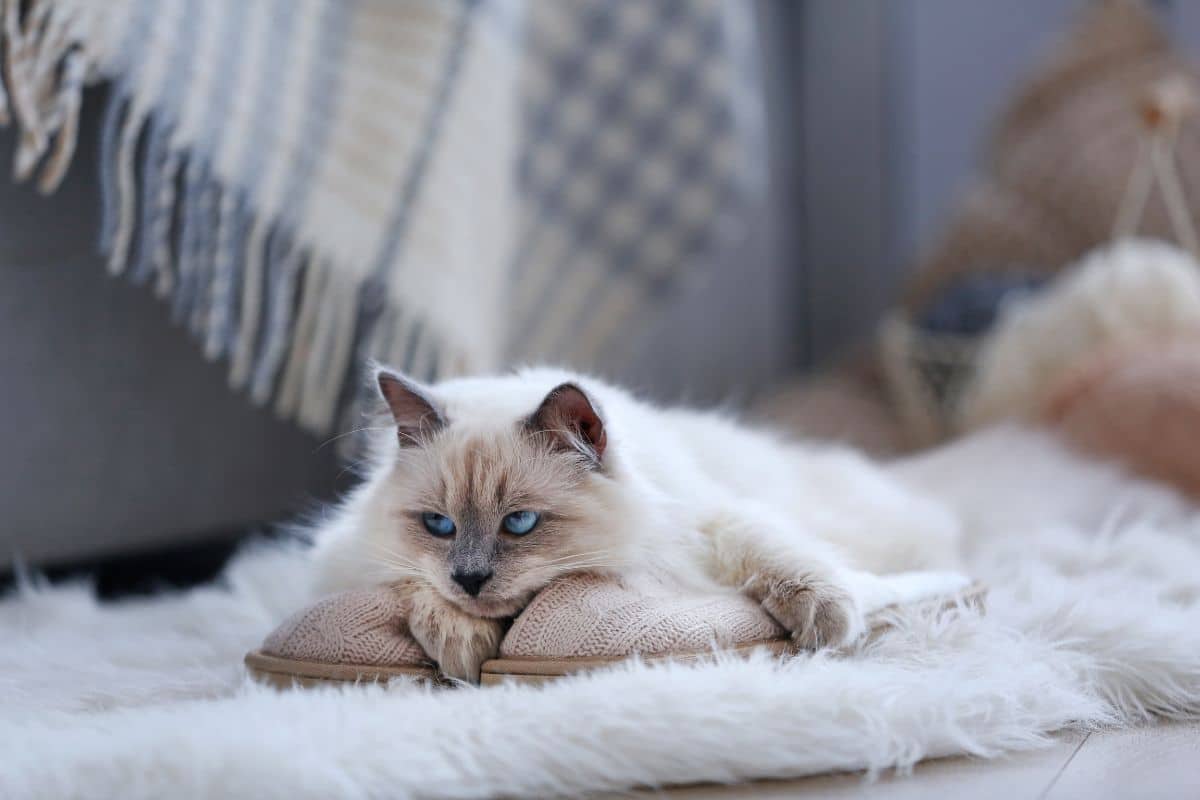
To reduce pain and inflammation, your veterinarian may prescribe anti-inflammatory and analgesic medications designed for cats. Additionally, during and after their use, chondroprosthetics are administered to promote the regeneration of joint cartilage, aid in its recovery and function.
What vitamins and minerals should I provide to help my cat ?
Arthritis is such an insidious disease that once it causes cartilage damage, there is virtually no way to rebuild it. What you can do is try to slow down the worsening of the changes, and to do this you can use several different types of nutrients - either in a ready-made veterinary diet or in supplement form.
Generally, these compounds are called chondroprotectants, or substances that protect cartilage. These include compounds found in healthy joints and the cartilage matrix, such as glucosamine, chondroitin sulfate, hyaluronic acid or keratan sulfate, and collectively known as glycosaminoglycans.
Their use is aimed at providing the body with ready-made compounds that can be used directly in the production of new articular cartilage. Among them, glucosamine is the best studied. Its effect is confirmed both in humans and in animals. Relatively much data also exists on chondroitin.
Recently, it has become more and more popular to include hyaluronic acid in these two substances, as it has an extremely beneficial effect on joint cartilage. Much less is known about the effectiveness of other substances used as joint cartilage protectors.
These include preparations containing so-called natural sources of glycosaminoglycans, such as mussel and cartilage extracts, as well as plant extracts, in which the level of active substances varies depending on their quality.
Unsaponifiable fractions of avocado and soy are also very beneficial and are used in preparations for people with joint diseases, with very good results. Hydrolysates of proteins are also often used, primarily collagen, which contains significant amounts of sulfur amino acids, as well as glycine and proline, which are supposed to support the development of the organic substance of the intercellular matrix of cartilage.
Among micronutrients, manganese is the most talked about, which is involved in the reaction of the production of an intercellular substance in articular cartilage.
Light therapy
Light therapy has been used as an alternative treatment in human medicine for over two decades. It has recently made its way into the veterinary world, where it is quickly gaining a reputation as a safe, gentle and effective treatment option. It is a safer and less expensive alternative to laser therapy equipment that you can use in your own home with just one session of therapy at your veterinarian’s office.
Infrared LED light therapy device for pets.
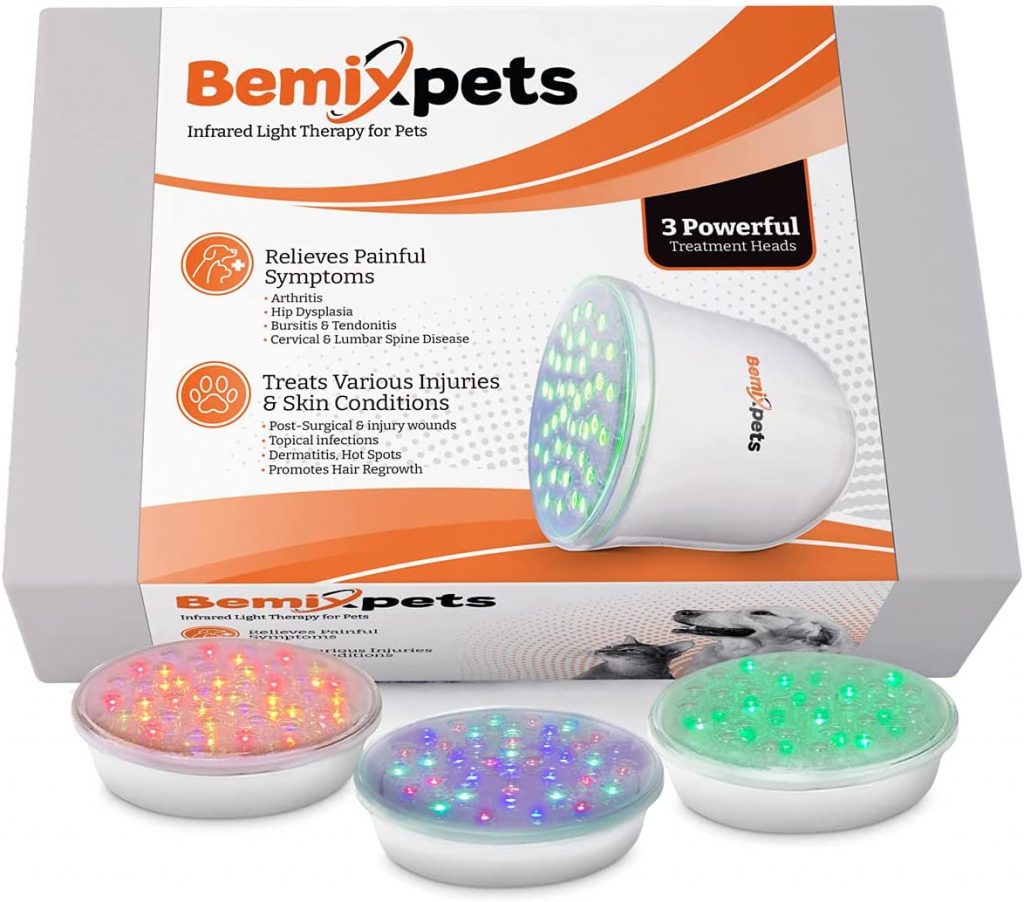
The light therapy device is a therapeutic light therapy device for pets. It contains 3 powerful light therapy modules with 2 flashing modes to provide deep treatment and skin surface treatment benefits.
Enhanced infrared treatments for your pet
You will receive 3 treatment heads with two flashing modes;
- Deep Treatment with green and infrared LEDs,
- Skin + Anti-aging with red,
- yellow and purple LEDs and Skin Surface Treatment with green, blue and red LEDs.
- Reduce inflammation and promote healing
- so light therapy for animals can be used to alleviate symptoms of;
- hip dysplasia
- back pain, arthritis
- knee pain and others, as well as other causes of deep joint or muscle pain
- reduce inflammation and promote overall health
- Synovial bursitis and tendonitis
- Diseases of the cervical and lumbar spine
It will not only help relieve pain but also Rejuvenate!
treats various skin injuries and diseases, Promotes healthy skin and anti-aging and also experiences hair growth. Using the treatment heads you will improve your pet’s skin condition in case of ;
- surgical wounds
- local infections
- dermatitis
- eczema and burning points
*The plus is the NO RISK, NO QUESTIONS asked Lifetime Guarantee!
If the product does not improve your pet’s health, contact them and they will refund your money.
Comment
It is important to care for his well-being and provide him with a safe, friendly environment. If the disease has been detected at an advanced stage. It is important to make it easy for the cat to function in the house, as with a high degree of degeneration the cat will have difficulty jumping.
Put food and water in an easily accessible place, the bed should be soft enough. The litter box should have low walls so the cat can get in and out easily. You can also ask your veterinarian about alternative therapies such as physiotherapy, massages, laser treatments.



